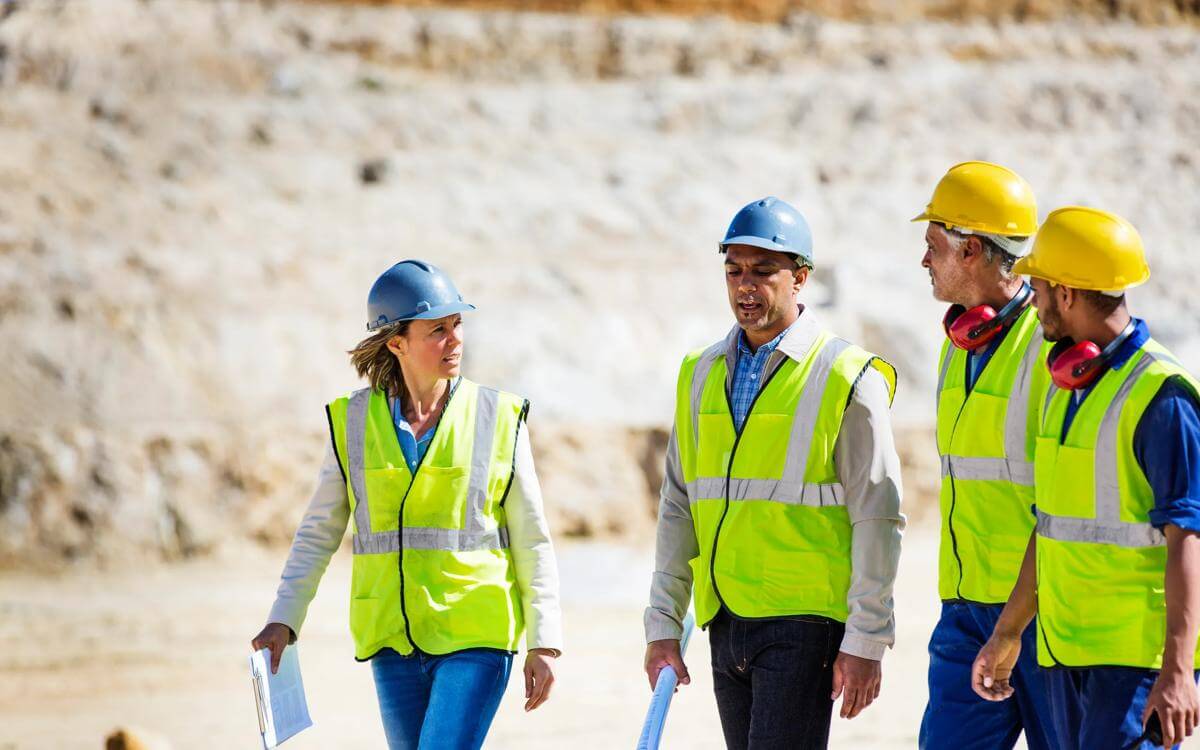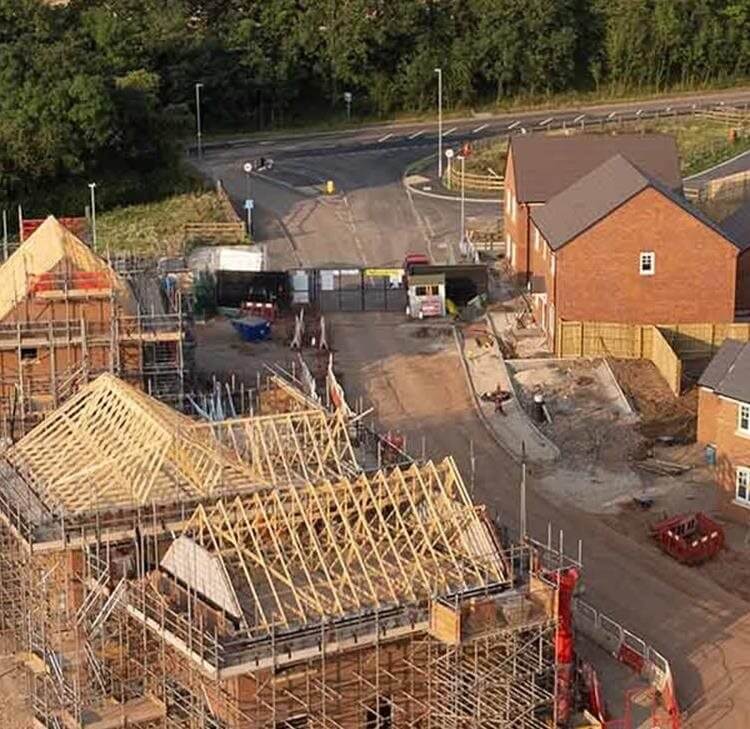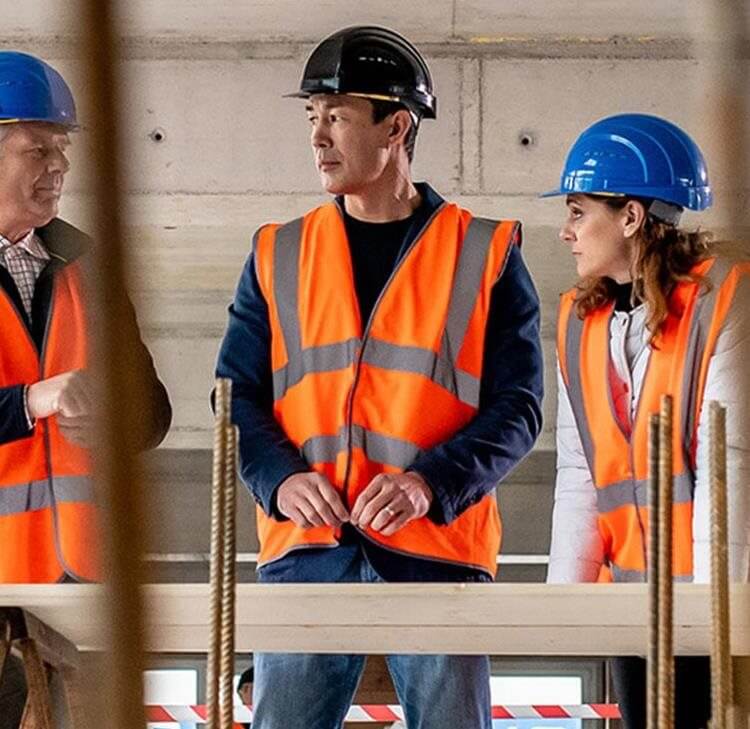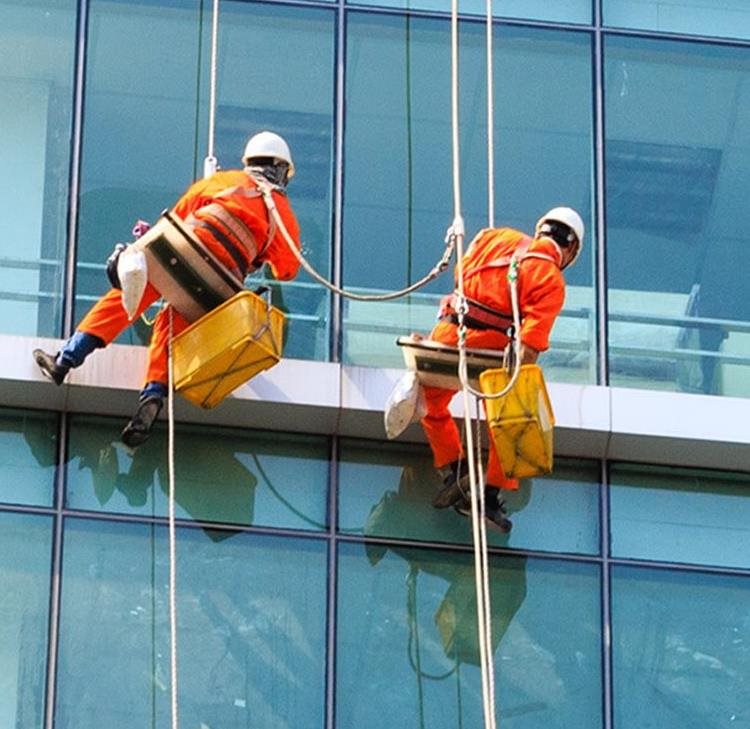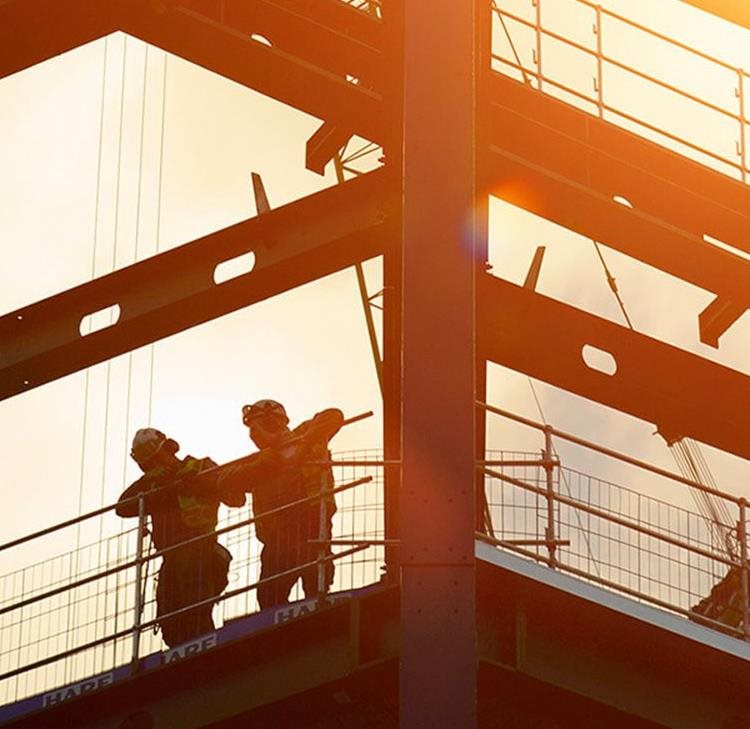This is our second article regarding the Building Safety Act 2022, which received Royal Assent on 28 April 2022 (the Act).
In our first article we considered two elements of the Act which impact on buildings completed prior to the Act coming into force as law, being
- the extension of limitation periods in relation to cladding products and under the Defective Premises Act; and
- Building Liability Orders.
In this article, we consider the elements of the Act which impact on the design and construction of buildings started after the Act comes into force as law. In particular, we’ll consider the role of the new Building Safety Regulator and the new “gateway” regime.
We will shortly release a further article in which we consider the impact of the Act for the owners and occupants of higher-risk buildings, as well as the extent to which the Act fulfils its wider objectives.
By way of reminder:
- whilst the Act has received Royal Assent, it’s not yet in force; and
- we’ll be holding a seminar in the early summer to discuss the issues raised by the Act in greater detail.
Building Safety Regulator
One of the major changes in Part 3 of the Act is to establish a new division of the Health and Safety Executive (HSE) as the new Building Safety Regulator (Regulator).
The role will come into effect in stages over a period of 18 months from 28 April 2022. For the reasons set out below, this is likely to result in a fundamental change to the regulation of the industry, which has historically been carried out by Local Authority Building Control (LABC). The primary functions of the Regulator are to:
- implement the new regulatory regime for higher-risk buildings;
- act as the building control body for work relating to higher-risk buildings;
- oversee the safety and performance of all buildings;
- exercise wide-ranging enforcement powers to enforce obligations and prosecute offences under the Act; and
- introduce and oversee a regulatory regime for building control professionals, including establishing codes of conduct for the newly defined “building control approvers” and “registered building inspectors”.
Enforcement powers
To date, the enforcement of criminal offences under the Building Regulations has been rare, since prosecutions must be brought within two years of the offence occurring, and in any event only low penalties can be imposed on offenders.
This will change under the Act because the Regulator will have the power to:
- exercise existing powers under sections 35 and 36 of the 1984 Act in relation to non-compliance with the Building Regulations, with the time limits for prosecution extended from one to ten years for a failure to alter or remove offending work, and removed entirely for any other contravention of the Building Regulations;
- prosecute all offences under the Act and the Building Act 1984 (BA 1984), with a significant change being the ability to prosecute any director, manager or other individual where a corporate entity has committed an offence with the consent or connivance of that person;
- issue compliance notices (requiring an issue to be remedied by a set date) and stop notices (requiring work during the design and construction phase to stop until non-compliance is remedied);
- exercise powers of entry to gather evidence for compliance investigations; and
- levy unlimited fines and order prison sentences of up to two years.
More generally, as a division of the HSE the Regulator is likely to adopt a different approach to prosecution than has been taken by LABC to date.
The HSE is experienced in prosecuting individuals and organisations for health and safety and environmental offences, and by reference to the approach it takes in relation to those matters, we anticipate that it will look to bring a prosecution early in its new role.
We therefore do not share the concerns expressed by the Local Government Association that the Regulator may be insufficiently funded and under-resourced, and that those working for the Regulator may not have adequate training.
Regulatory regime for building control professionals
In addition, the Regulator will be responsible for introducing and overseeing a regulatory regime for “building control professionals”, being:
- building control approvers (previously known as “approved inspectors” under the BA 1984), which may be individuals or organisations; and
- registered building inspectors (defined as an individual who will be able to provide advice to local authorities / registered building control).
Historically, there has been no defined, independent regulation of “building control professionals”. Instead, such professionals often elect to become members of the Royal Institute of Chartered Surveyors and associated bodies and are subject to the general oversight of such organisations.
This will change under the Act because the Regulator will:
- maintain a register of building control professionals;
- introduce codes of conduct to be observed by building control professionals; and
- have the power to hold building control professionals to account in relation to any failure to register or underperformance and to suspend and prosecute building control inspectors where necessary.
At the time of writing, no detail has been published as to what the codes of conduct will contain, nor in what circumstances the Regulator will hold building control professionals to account for “underperformance” or it will be deemed necessary to suspend or prosecute building control inspectors.
In a factsheet on the Regulator’s Approach to Enforcement the HSE has simply said “The Building Safety Regulator’s approach to formal enforcement and sanctions will serve the public interest and will be undertaken in a fair, equitable and consistent manner, targeting and taking firm action against those who repeatedly offend, act irresponsibly, or whose actions could cause serious harm”.
It remains be seen how this will operate in practice, but we anticipate the Regulator will look to bring a prosecution early in its new role.
Higher-risk buildings
One of the primary functions of the Regulator is to implement the new regulatory regime introduced by the Act for the design, construction and occupation of what are defined as “higher-risk buildings”. The Act contains two definitions of higher-risk buildings, which will apply to buildings in England only. The Welsh Ministers have the power to enact a different definition of higher-risk buildings in Wales.
What is a higher-risk building under the Act?
A “higher-risk building” is defined differently for the purposes of Parts 3 and 4 of the Act. This article is concerned with Part 3 only, which makes changes to the building control regime by amending the BA 1984.
Whilst LABC has historically had responsibility for enforcing the Building Regulations, this will become the responsibility of the Regulator as the “building control authority” for higher-risk buildings, as well as for work with a “prescribed connection” to higher-risk building work.
LABC will remain the “building control authority” for any other work.
For the purposes of Part 3, a higher-risk building is defined as a building in England which:
- is at least 18 metres in height or has at least 7 storeys; and
- is of a description to be specified in regulations made by the Secretary of State.
The 18 metre threshold corresponds with that contained in Approved Document B of the Building Regulations. The theory is that buildings under 18 metres are capable of evacuation by the fire service using ladders.
Consequently, such buildings are said to require less stringent safety standards.
The definition has yet to be enacted and is contained in the draft Higher-Risk Buildings (Descriptions and Supplementary Provisions) Regulations (Higher- Risk Buildings Regulations).
The Higher-Risk Buildings Regulations specify the following types of building are “higher-risk buildings” for the purposes of the BA 1984:
- buildings that contain at least two residential units;
- care homes; and
- hospitals.
The Higher-Risk Buildings Regulations exclude certain types of building from the definition of “higher-risk buildings” for the purposes of the BA 1984, including:
- secure residential institutions;
- temporary leisure establishments; and
- military premises.
Is the definition of higher-risk building likely to change?
The Higher-Risk Buildings Regulations contain a separate definition of higher-risk building for the purposes of Part 4 of the Act which applies to occupied buildings only. This will be discussed further in our next article. However, it’s worth noting that the lack of a single definition of higher-risk building may lead to confusion in the industry as to which buildings are subject to the new regulatory regime.
This issue was subject to considerable comment during the passage of the Building Safety Bill through parliament.
For example, the National Fire Chiefs Council commented that additional safety measures should be required for all buildings with a height in excess of 11m,10 whilst the Royal Institute of British Architects said that the definition of “higher-risk buildings” should include high-risk non-residential buildings of any height because “fire does not discriminate”.
In any event, the definition of higher-risk buildings for the purposes of the Act remains subject to change as the Higher- Risk Building Regulations pass through parliament.
Further, the Building Safety Regulator (discussed further below) is empowered by the Act to recommend that certain types of building are added to the definition of higher-risk buildings for the purposes of Part 4 of the Act (which is concerned with buildings when occupied and creates the role of “accountable person”).
Consistent with these observations, we expect the definition of higher-risk buildings will change over time, possibly to include a lower height threshold and a broader range of buildings which are occupied overnight.
Higher-risk buildings during design and construction
The Act introduces two new regimes which apply during the design and construction of higher- risk buildings:
- the dutyholder regime; and
- the gateway regime.
Common to both regimes is the so-called “golden thread of information”, which refers to “the information that allows you to understand a building and the steps needed to keep both the building and people safe, now and in the future”.
The Act’s intention is that compliance with the new regimes will ensure that owners of higher-risk buildings have to hand well-documented and accurate evidence of risk assessments and safety arrangements in relation to the construction, design and occupation of the building. This will be achieved through the creation, collation, sharing and maintaining of prescribed documents and information through the life cycle of the building in an electronic repository which is accessible to both owners and occupants of higher-rise buildings.
In turn, the storing of documentation and information in an accessible electronic repository will resolve a common difficulty faced by occupants of higher-risk buildings, and in particular tenants, in obtaining information regarding building construction and safety from building owners. This has been a real problem post-Grenfell in relation to cladding products.
In our view, this is a positive step which, in principle, will facilitate a shift in the industry from a “tick box” approach building safety and compliance with the Building Regulations, to imposing a direct obligation on building owners to be able to articulate and explain building safety systems.
It may also help to restore confidence in an industry with a history of non-compliance with regulations, either through lack of awareness, unclear drafting or simple design and construction failures.
There are, however, some practical issues to be resolved. For example:
- Who will prepare the documentation and information which is required?
- Are there existing individuals in the industry with the relevant skillsets, or will there need to be a reliance on fire engineers?
- If there is to be reliance on fire engineers, is there capacity for this work to be carried out effectively and with sufficient speed?
The latter point may be particularly problematic. There are currently only a limited number of experienced fire engineers in UK, each of whom is likely to be busy with existing work post-Grenfell.
It has been suggested it will take five years to review and inspect building safety cases on all existing buildings. In other words, despite the principle being sound, it has the potential to create huge delays for the progression of new schemes which will need to comply with the new regimes.
More generally, there remains a question regarding the competency of those involved in the industry in relation to fire safety.
The Secretary of State has admitted collective failures by such persons in the past, and the Construction Industry Council (CIC) has commented “…it is imperative that those completing the assessments are able to apply risk-analysis principles and state where the level of risk identified is acceptable.
Early feedback appears to indicate that further guidance is needed”.
An additional consequence is likely to be further price increases. It’s understandable that those with expertise to competently take on this work (which is currently relatively rare), and who are willing to be exposed to the corresponding risks such work entails, will expect to command significantly higher fees that have been paid in the past, adding yet further to the cost of construction in a market which is already subject to significant price inflation.
Dutyholder Regime
The Act creates a framework under which the government can introduce competency requirements and duties for those persons fulfilling a defined “dutyholder” role in relation to the design and construction of higher-risk buildings. This has been described as the “dutyholder regime”.
At the time of writing, the Dutyholder Regime is intended to apply only in relation to any higher-risk building which:
- is at least 18 metres in height or has at least 7 storeys; and
- contains at least two residential units, is a care home or is a hospital.
The dutyholder regime will primarily be introduced via secondary legislation, and so the exact details remain unclear.
The government has, however, published draft Dutyholders Regulations and an accompanying factsheet, which explain that:
- during the design and construction of higher-risk buildings, dutyholders will be identified in the same way as dutyholders under the Construction (Design and
Management) Regulations 2015 (CDM Regulations) and so will include:
- the client;
- the Principal Contractor;
- the Principal Designer; and
- any other contractor or designer;
- obligations will be imposed on dutyholders in a manner similar to the CDM Regulations, including provision for dutyholders to fulfil roles under both sets of regulations; and
- the Regulator will have the power to ensure dutyholders will be held to account and to ensure compliance with the Building Regulations.
The Gateway Regime
The Act creates a further framework under which the government can introduce obligations on dutyholders to review building safety issues at three distinct “gateways” during the design and construction of higher-risk buildings. This has been described as the “gateway regime”.
Gateway 1 has already been implemented by secondary legislation under the Town and Country Planning Act 1990 and applies to planning applications made on or after 1 August 2021.
It imposes an obligation on a person applying for planning permission in relation to a higher- risk building which contains at least two dwellings or educational accommodation to:
- submit a fire statement with the application for planning, which will be reviewed by the fire and rescue service; and
- notify HSE whether the design of the building will be in accordance with
Approved Document B or a fire engineered solution.
The local planning authority must consult with HSE before granting planning permission for a higher- risk building subject to gateway 1.
The intention is presumably that HSE will identify any issues with the fire statement which must be resolved before permission can be granted or otherwise as a condition of any permission.
Gateways 2 and 3 have not yet been implemented, and will primarily be introduced via secondary legislation, and so the exact details remain unclear. The government has, however, published a factsheet.
In relation to Gateway 2, this explains that:
- Gateway 2 will require building control approval to be obtained from the Regulator before any building work starts.
- An application to the Regulator for building control approval must:
- demonstrate how the proposed works comply with Building Regulations;
- demonstrate how the new dutyholder competence, golden thread and mandatory occurrence reporting requirements will be met in relation to the works;
- demonstrate the applicant has appropriate strategies in place to manage the construction phase and support compliance with the Building Regulations and reduce the possibility of building safety risks arising; and
- be supported by plans and documents which are “realistic” and do not rely on unreasonable assumptions about the occupied building once built.
- It will be an offence to commence work without approval from the Regulator, which will have the power to order the cessation of work if necessary.
- Approval will not be granted unless any applicable Building Safety Levy has been paid, though at the time of writing there is very little information available as to how the Levy will operate.
It’s expected the Regulator will have up to 12 weeks to determine an application for building control approval, and an extension can be agreed if necessary.
This has the prospect of delaying the commencement of works significantly, although any delays may be moderated through the availability of a staged plans approach, which will enable applications to be made in relation to defined stages of work.
In theory, this means an applicant can be progressing one stage of work whilst applying for building control approval in respect of the next.
The effectiveness of this will require cohesion between the approval process and the progression of the works, as otherwise clients will face the risk of downtime on site.
Delays may also be caused by the proposed change management process which will apply during construction and between gateways 2 and 3. The intention is this will require:
- further building control approval from the Regulator for any “major change”; and
- any other change to be notified to the Regulator and not carried out for a prescribed period to enable the change to be “thoroughly considered with proportionate regulatory oversight”.
What will constitute a “major change” has yet to be explained. The change management process is intended to prevent the relaxing of fire safety as a result of value engineering carried out following the grant of building control approval by the Regulator.
The result is that the client will need to avoid making any changes, whether major or otherwise, due to the impact on the progression of the works and the claims for prolongation which will likely follow.
In addition, the dutyholders will be subject during construction to ongoing requirements to:
- comply with the dutyholders duties including co-operation, co-ordination, communication and competence in the design and construction of high-quality buildings;
- maintain robust records, develop and maintain accurate building information to handover to the building owner at gateway 3 in line with the so- called “golden thread” (which is discussed below); and
- report fire and structural safety occurrences (including near misses) in line with mandatory occurrence reporting duties.
In relation to Gateway 3, the factsheet explains:
- Gateway 3 will require approval to be obtained from the Regulator before the building can be occupied.
- At this stage:
- all prescribed documents and information must be handed over to the building owner;
- dutyholders must give the Regulator all prescribed documents and information on the final, as-built building; and
- the Regulator will assess whether the work has been carried out in accordance with the Building Regulations and if satisfied, will issue a completion certificate and register the building on its systems.
- It will be an offence to occupy the building without approval from the Regulator.
It’s expected the Regulator will have up to 12 weeks to determine an application for final approval, and an extension can be agreed if necessary.
This again has the prospect of delaying the commencement of works significantly, and imposing a significant administrative burden on dutyholders; each of which will need to provide a declaration of compliance that the works have been carried out in accordance with the Building Regulations. This is likely to result in:
- the creation of in-house compliance teams at main contractors and construction professionals; and
- contractual provisions to resolve the allocation of risk within the supply chain, which is likely to include a need for sub-contractors to employ compliance teams.
Commercial impact of the Dutyholder and Gateway Regimes
From conversations which we’ve had with some main contractors, the administrative cost of complying with the dutyholder and gateway regimes may increase the cost of work by some 3%.
Adding that to existing price inflation is going to cause some real overheating in the market.
The administrative cost aside, we can expect to see an increase in professional indemnity (PI) insurance premiums for those involved in provided certification, documentation and information for the purposes of the gateway regime.
There is a question as to the extent of coverage in the event of an investigation or prosecution by the Regulator either during or following the construction and design phase.
It’s likely that a typical PI policy will provide cover for defence costs incurred in responding to a formal HSE investigation or prosecution in relation to health and safety or environmental missues, on the basis that defence costs often include any costs associated with an investigation, criminal proceedings, legal representation, and mitigation.
However, a fine or the cost of remedying a contravention of the gateway requirements is unlikely to be covered, leaving individuals and organisations exposed to what can in theory be an unlimited liability.
Other costs that are unlikely to be covered are those incurred in relation to collaboration with the Regulator during the gateway phase and compliance with any informal advice that may be given.
This will raise difficult questions for insurers regarding at what point a policy is triggered in particular with regard to mitigation costs.
Contact

Tim Claremont
Partner
tim.claremont@brownejacobson.com
+44 (0)20 7871 8507

Gavin Hoccom
Partner
Gavin.Hoccom@brownejacobson.com
+44 (0)330 045 2413




